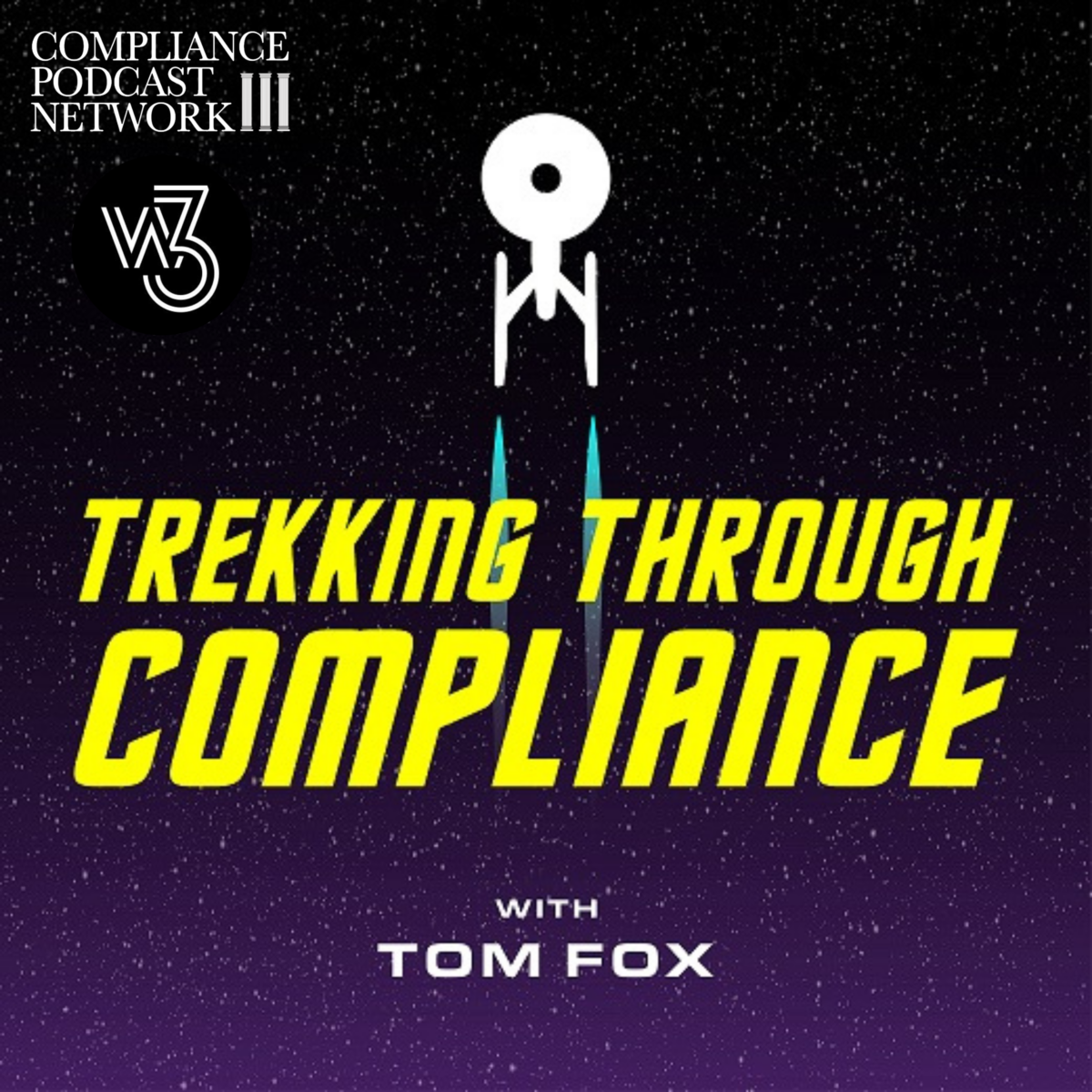In today’s episode, Lisa Fine speaks with Jane Norberg, a partner at Arnold & Porter. Jane is also the former Chief of the Office of the Whistleblower at the SEC, and she is one of the people who built that office into what it is today, both as Chief and before that, Deputy Chief. She is one of the leading voices on the whistleblower process, and an advisor to organizations in building best practices for organizations to address concerns.
In March, Deputy Attorney General Lisa Monaco announced a pilot program to compensate whistleblowers who report “significant corporate or financial misconduct” of which the DOJ was not aware. Jane talks about the SEC program and how it has succeeded. She also explains the similarities and differences between the not-yet-enacted DOJ program and the SEC program. Jane provides her perspective and insight as to why she thinks there is a delay from the DOJ as the initial 90 days have passed and how funding, staffing and other factors may contribute.
Jane and Lisa also discuss the SEC reporting process, how tips come in globally from over 100 countries, and the importance of the Whistleblower program to deter and stop wrongdoing. This goes along with the statistics that indicate that 80% of whistleblowers raise concerns internally, most frequently to the person’s manager most often go to management, not to the Ethics and Compliance teams or the helplines. To that end, Jane provides practical advice to make sure that E&C teams are providing the right training for managers to identify issues and raise them appropriately.
Supporting ethical decision-making is critical for every organization, but providing training to those who may hear concerns is a key component of that. While practitioners think about this for company culture, Jane provides insight on the larger picture of how our internal work is related to the larger scope of whistleblower reporting.
Topics Include:
- Jane’s integral role as Chief of the SEC Office of the Whistleblower
- The DOJ pilot whistleblower program and the SEC program and the distinctions
- Global Impact of the SEC Whistleblower Program
- Practical advice for E&C professionals building and managing hotlines
Resources
Join the Great Women in Compliance community on LinkedIn here.



